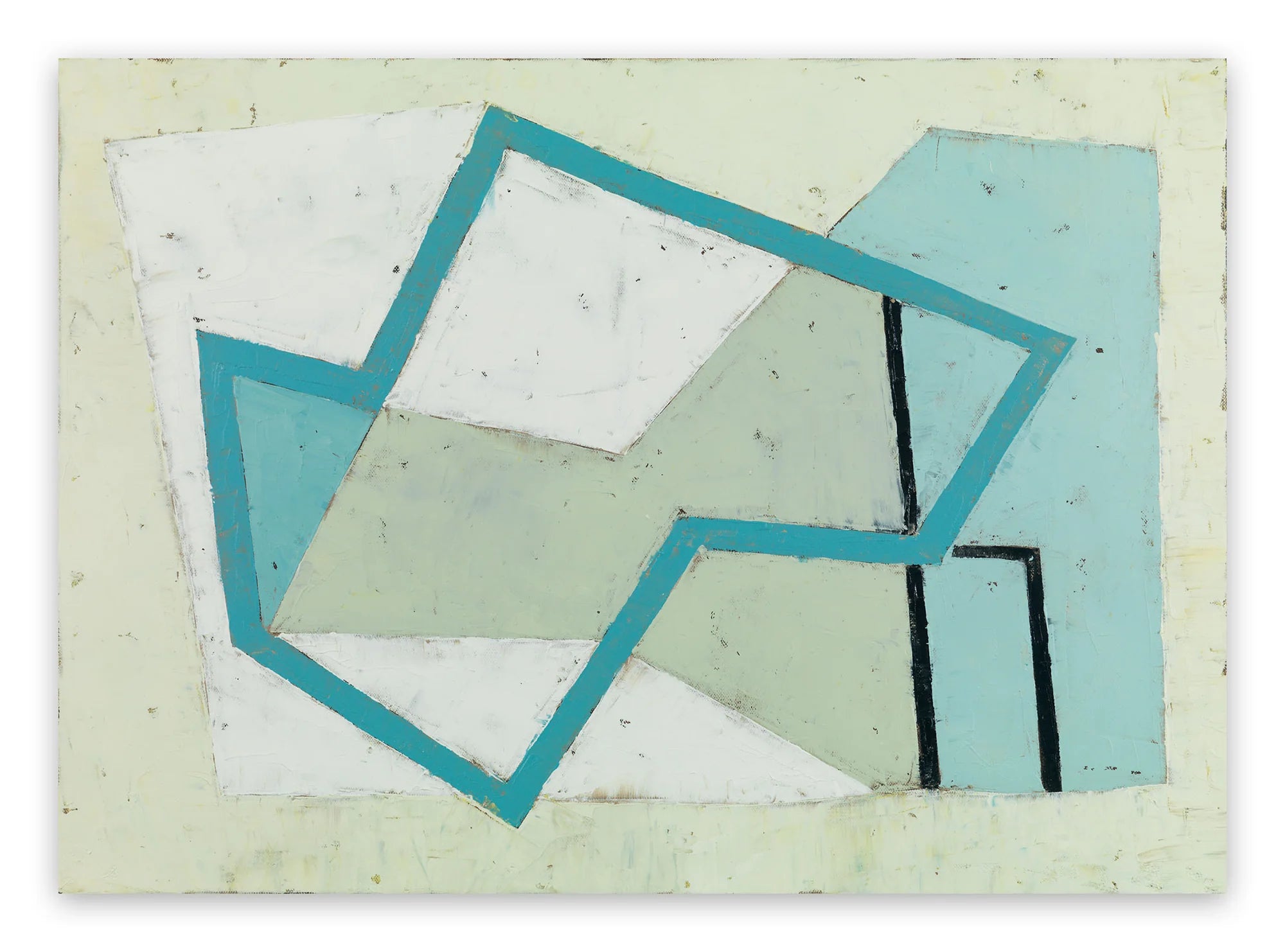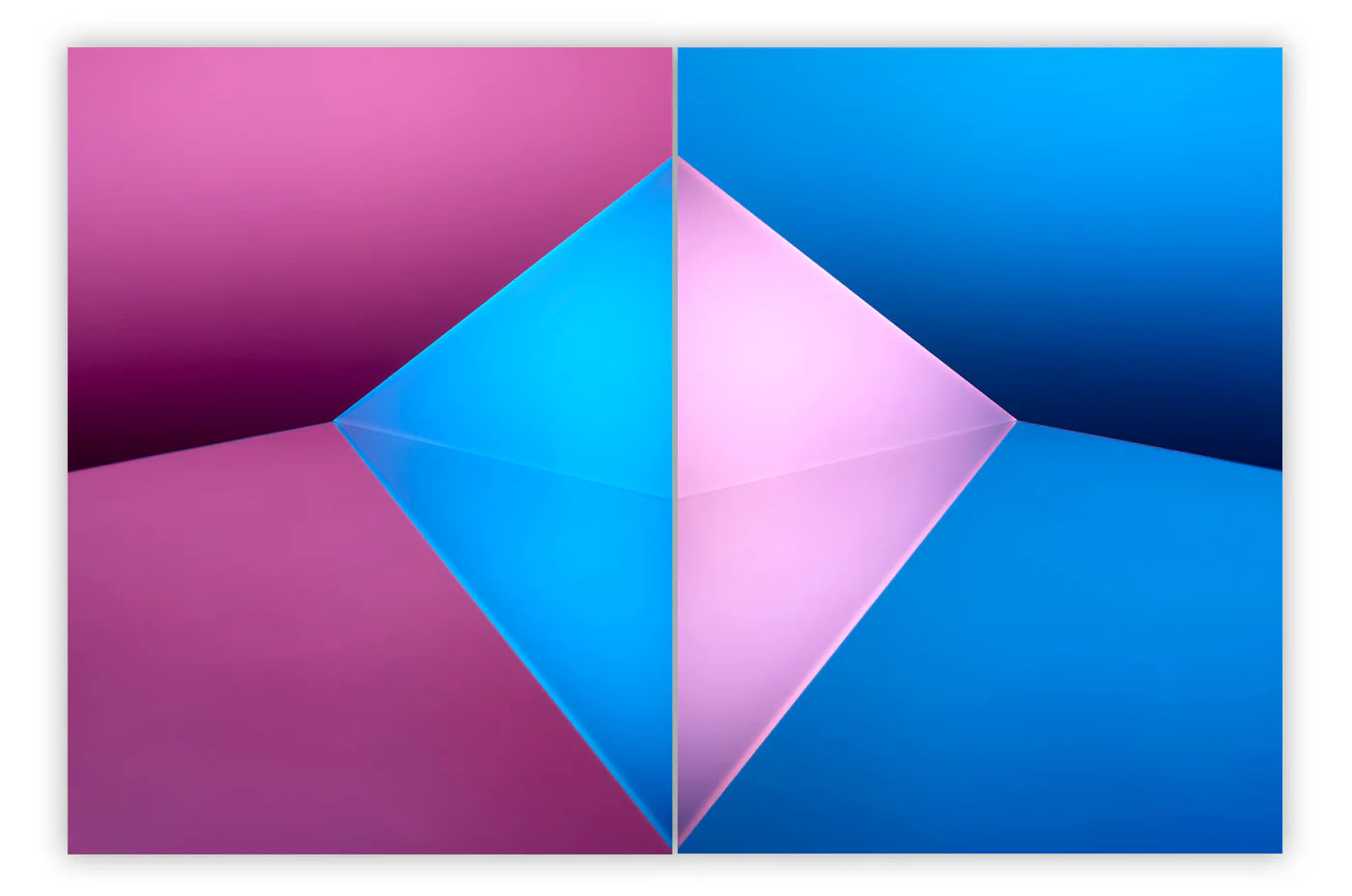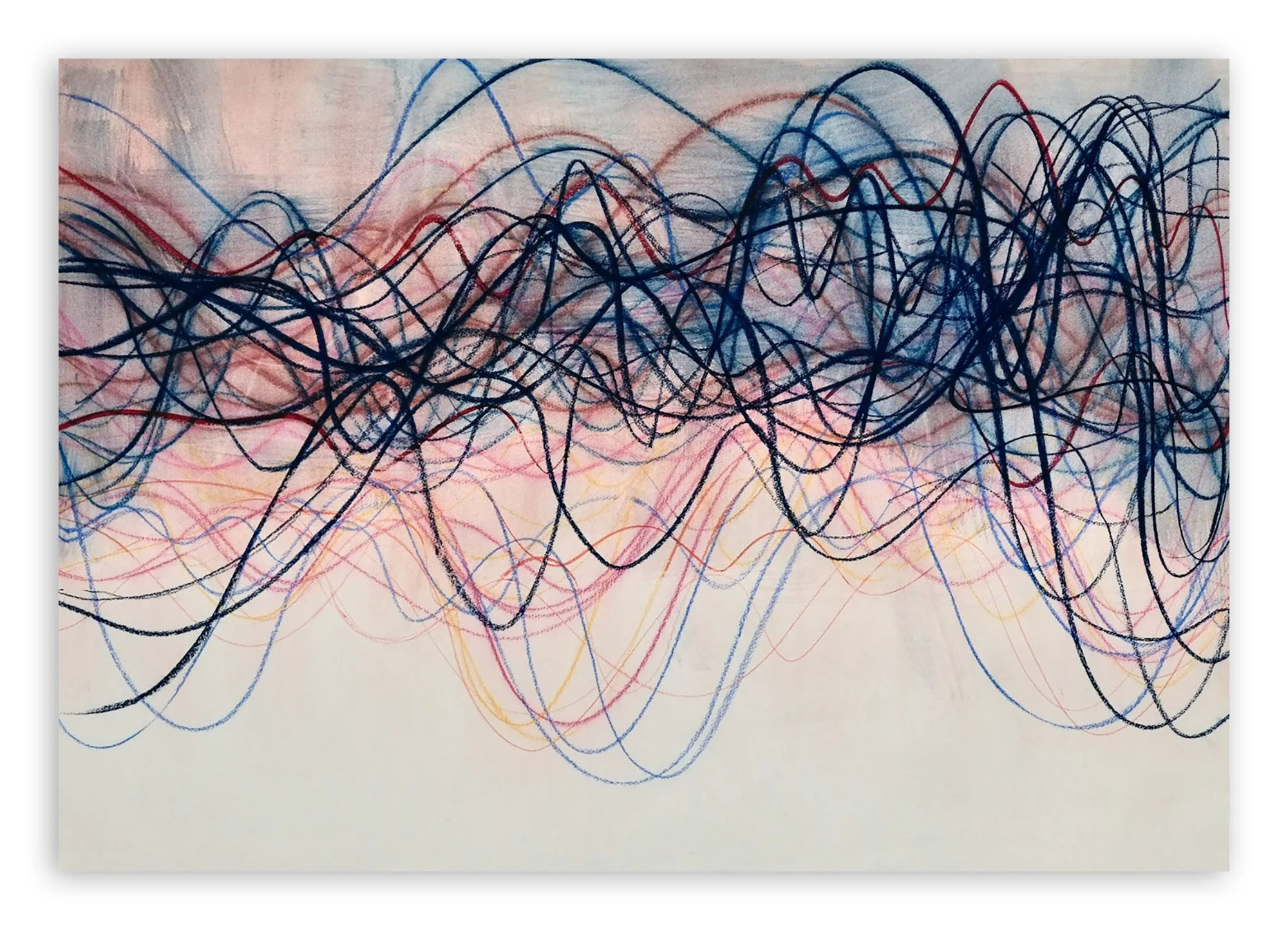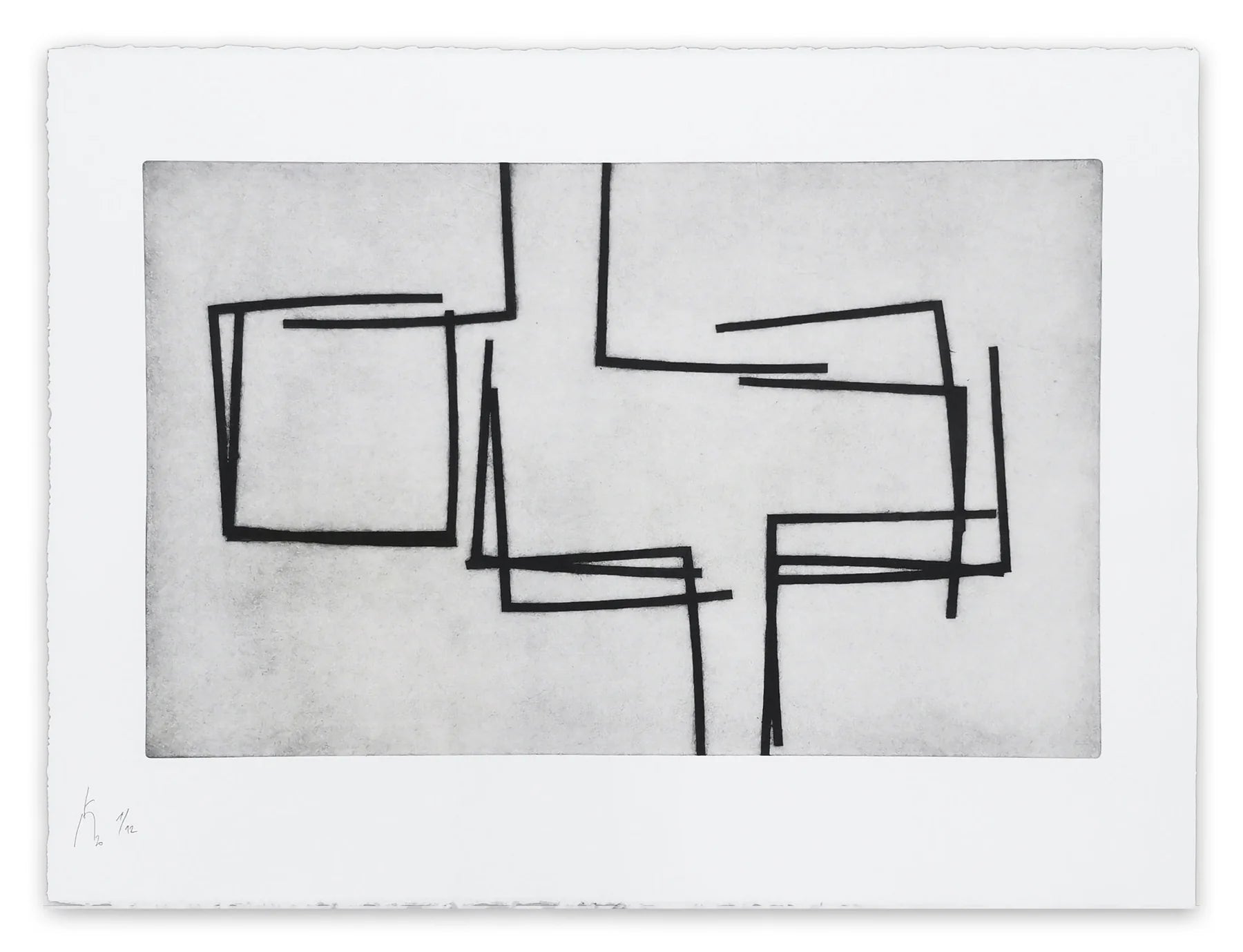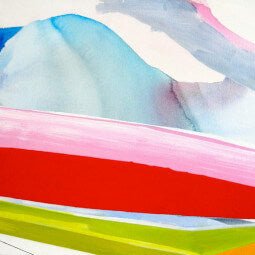Paul Snell
1968
(AUSTRALIA)
AUSTRALIAN
Paul Snell is an Australian artist whose practice invites viewers into a contemplative space—a suspended moment where time feels paused and the pull of forward momentum is momentarily stilled. His work replaces the constant saturation of our image-driven world with moments of stillness, omission, and quiet reflection, offering a grounding experience where beauty is found in presence rather than progress. He lives and works in Launceston, Tasmania.

Education
Snell earned his Bachelor of Fine Arts at University of Tasmania in 1989, his BFA (Honors) from the University of Tasmania in 1995, and his Masters of Contemporary Arts from the University of Tasmania in 2011.

Technique
Snell creates small production runs, printing each unique work in an edition of one to three. His process begins by capturing a location or an object. He then digitally “decodes” the visual information present in that image. After reducing and simplifying the colors and forms, he begins an intensive “re-coding” process, during which the reduced formal elements of the work evolve their own self-referential relationships within a new composition. This process blurs the boundary between “taking” and “making” a photograph. When the digital composition is complete, Snell converts it into a Chromogenic print using the Fujiflex printing system, which allows luminous, vibrant, colorful photographic printing onto metallic paper. The print is then mounted onto Plexiglass. Blurring the boundaries between photography and painting, Snell merges digital processes with materiality to explore abstraction and minimalism in contemporary photo-media. By stripping images of representational clarity, he allows abstract forms to emerge, engaging the senses and creating new visual languages that bypass traditional narrative. Snell’s work interrogates the evolving nature of photographic production—manipulating and exploiting digital data to invent new visual forms. He examines the shifting relationships between making and taking photographs, between painting and photography, and between object and screen. Within this dynamic interplay, surface and edge, reflection and absorption become central concerns. These are not representations of reality—they are their own realities. In a world overloaded with visual stimuli, Snell’s works create a space to pause, feel, and simply be.
Inspiration
Inspired by 20th-century modernist artists, Snell distills form and colour to their essence through reduction, repetition, and synthesis. His works have a distinctly painterly impact, described by critics as "digital painting." They delve into the emotional and sensory power of colour, investigating optics, light, and materiality through rhythmic pairing, sequencing, and layering. The visual lexicon Snell has developed is informed by the Modernist history of painting, especially minimalism and hard edged abstraction. Snell has described his artistic practice as a search for “sensory understanding of the physical object.”


Relevant Quotes
Describing his work Snell has said, “These pieces are not representations of certain realities; they are their own reality. The absence of signs or objects invites the viewer to drift among primal and tonal aesthetic matter. The aim has been to immerse the viewer in color, rhythm and space, creating a sensory experience of inner contemplation and transcendence.”
Exhibitions
Snell has exhibited his work extensively throughout Australia and Tasmania, and selectively in the United States.
Collections
His work is included in numerous public and private collections, including that of Louis Vuitton, Asia; Tiffany & Co, US, Asia, Australia; ArtBank; the Devonport Regional Gallery; the Burnie Regional Gallery, and the Justin House Museum.
Galleries
Studio Gallery - Melbourne and Brisbane
Gallery9 - Sydney
Gallery Red - Spain

The Versatile Photographic Practice of Ryan Foerster
Conservation is one of the core ideas of photography. Capture a vision of reality. Do not waste time by letting it slip away. Conserve a fragment of the moment so it might be experienced after the...
Read more
Redefining Photography - The Mediums of Kate Steciw
If we were conducting an investigation into the term Post Internet Art, Kate Steciw might appear at first to be an excellent Artist of Interest. Steciw makes abstract, three-dimensional objects us...
Read more
Can We Consider Andreas Gursky an.. Abstract Photographer?
The physical world often seems like a vast and indifferent place; a fact German photographer Andreas Gursky will not let us forget. Some call Gursky a documentary photographer because of the reali...
Read more
Reflections in the Water - Barbara Vaughn Photography
One measure of the success of an abstract photograph is how easily it allows viewers to look beyond evidence of objectivity, and to open themselves up to connections with the unknown. By such a me...
Read more
How Photogram Introduced the Non-Representational to Photography
A photogram is a cameraless photograph: an image burned onto a photosensitive surface without the use of a machine. Photograms predate photographs. The earliest photographic images of reality capt...
Read more
When William Klein Turned to Abstraction in Photography
William Klein is considered one of the most influential photographers of the past century. His reputation comes largely from his work as a street photographer, a genre he all but invented in the 1...
Read more
The Assembled Art of Barbara Kasten
At first glance the art of Barbara Kasten may not seem subversive. Kasten builds architectonic sculptural compositions in her studio then lights and photographs them, transforming temporary, three...
Read more
How Aaron Siskind Found Abstraction on the Streets
Aaron Siskind was one of the most influential photographers of his generation. In part, that influence manifested through the various teaching positions Siskind held at some of the most prestigiou...
Read more
How Wolfgang Tillmans Used Technique to Reach Abstraction in Photography
Nothing can be fully appreciated without understanding its opposite. We appreciate warmth when we freeze. We love light when trapped in darkness. So it is no surprise that Wolfgang Tillmans, who f...
Read more
Abstract Photographers to Follow
Abstract photography has blossomed since the invention of digital cameras, especially since cameras merged with our mobile devices. Abstract photographers work in a form that demands experimentati...
Read more
What Large Abstract Paintings Can Do for an Interior Space
Recently we were in a gallery admiring some large abstract paintings by the American artist McArthur Binion. A young couple was also in the gallery, and after a few minutes we overheard them comme...
Read more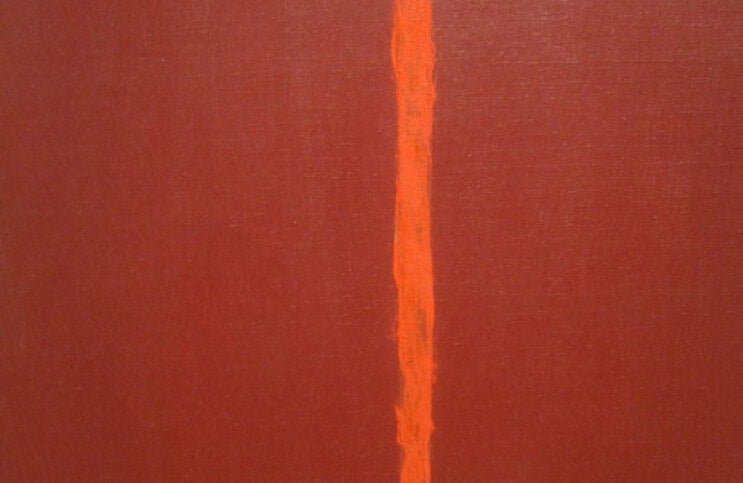
Clarity of Tone and Form in Barnett Newman Paintings
The iconic zip paintings of Barnett Newman, featuring thin, luminous vertical bands surrounded by immersive fields of color, are considered some of the most emotive and powerful works of the 20th ...
Read more
Abstraction in Photography of László Moholy-Nagy
Today, photography is ubiquitous. Cameras are imbedded in billions of electronic devices, and it is hard to imagine any subject that has not been thoroughly explored ad nauseam in photographs. But...
Read more
